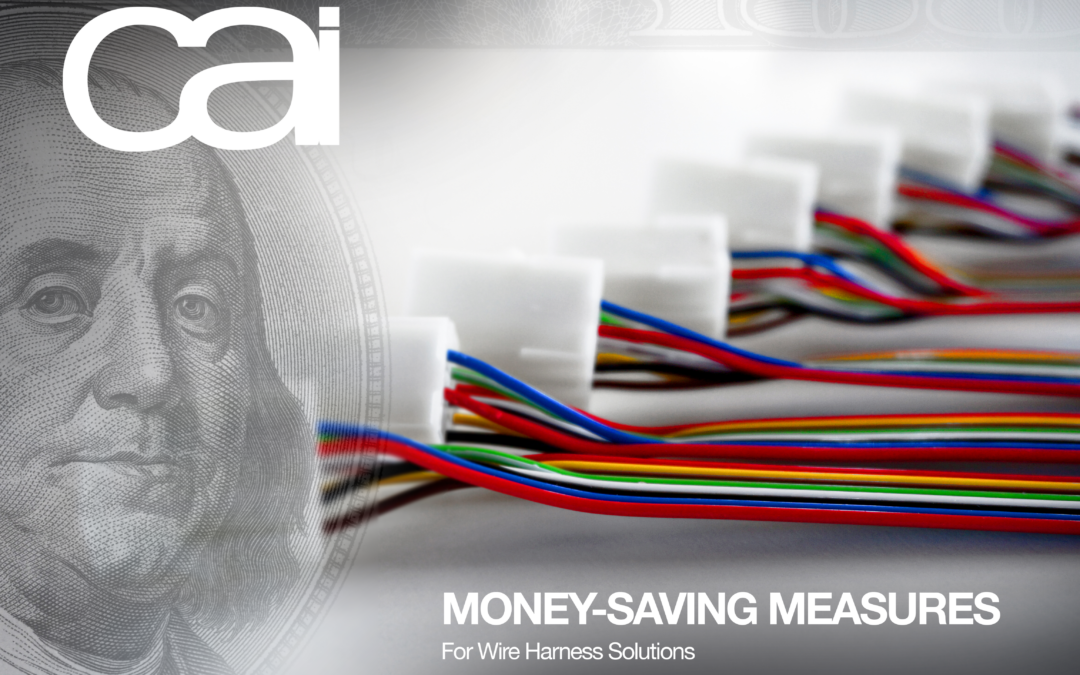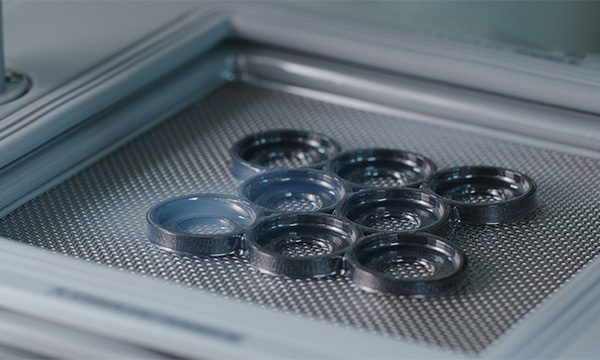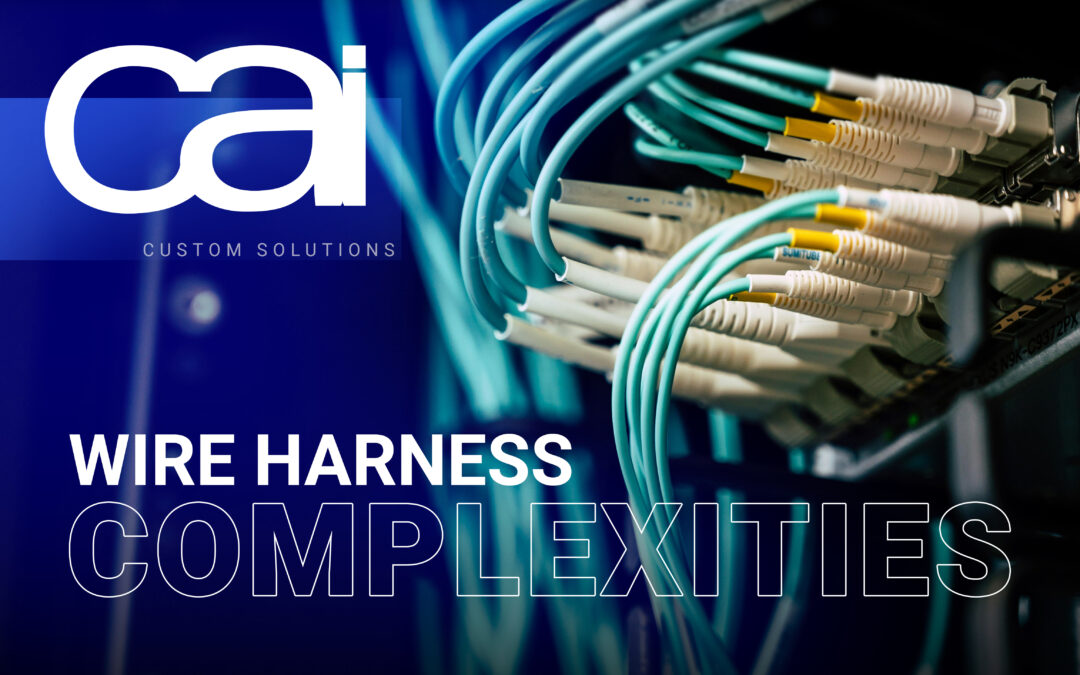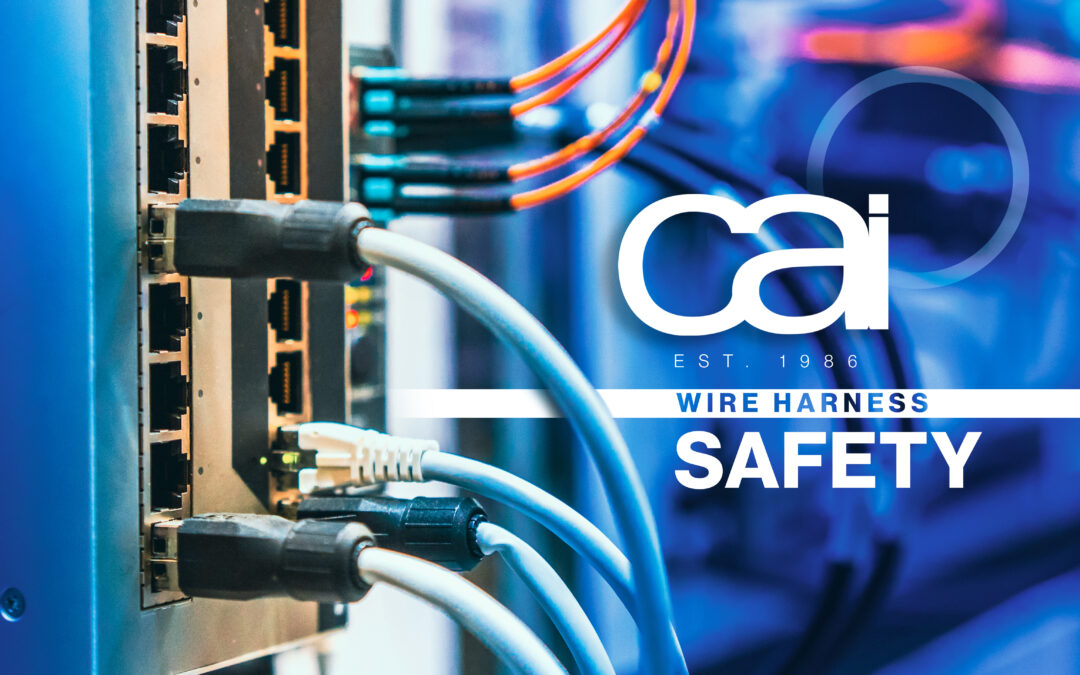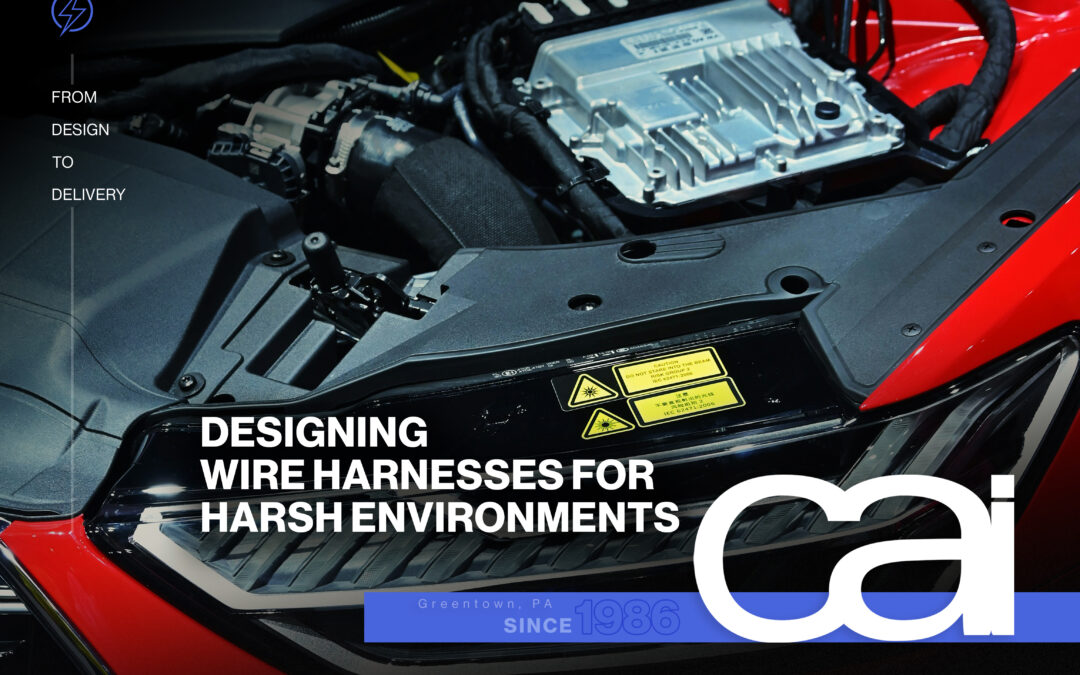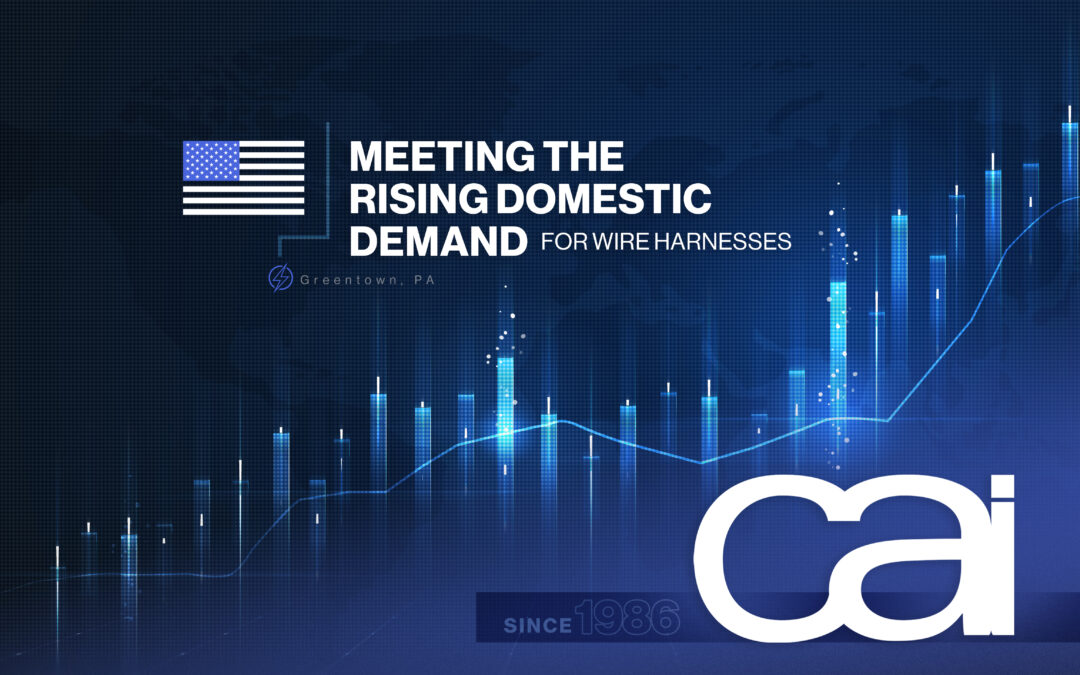This Preferred Thermoforming Process Offers Several Advantages When Producing Your Plastic Components
Used throughout the manufacturing world, vacuum forming is a popular molding process behind many of the plastic-containing products we come into contact with every day — cars, planes, medical equipment, toys, farm machinery, food packaging, shipping materials, you name it. But what exactly is the process and what makes it a great choice when fabricating plastic parts?
Vacuum Forming: The Preferred Thermoforming Solution
Instrumental in the construction of thin plastic shell components, thermoforming is a manufacturing technique in which a plastic sheet is heated to a pliable temperature; stretched, draped and contoured over one or more molds; allowed to cool into its final shape; and trimmed of excess material.
Ideal for making plastic parts that only require precise shaping on one side, vacuum forming is the simplest type of thermoforming. In this process, vacuum pressure is applied over one mold to create a suction that assists in achieving the desired form.
There are two types of vacuum-forming molds. When precise outer dimensions are desired, the sheet is placed inside a concave female (negative) mold. When inner precision is demanded, the sheet is placed over a convex male (positive) mold.
CAI can bring your manufacturing vision to life, help you select the right materials and processes, and also provide 3D prototyping. Let us know what you need!
Top Benefits of Vacuum Forming
When you need to produce a large quantity (i.e. 100 units or more) of the same plastic component, the vacuum-forming process could be your best choice for a variety of reasons.
Lower Costs
Featuring less-expensive prototyping and tooling (the process of bringing together components and machinery required for production), vacuum forming is typically more cost-effective than other manufacturing processes like injection, blow or rotational molding. Meanwhile, thermoplastic sheets are often more affordable than other molding materials, such as sheet metal and fiberglass.
Quicker Turnaround Times
Vacuum-forming tooling can typically be designed and created much faster (in a matter of weeks) than with other processes, contributing to greater efficiency and quicker turnaround times. Using 3D printers to produce molds for rapid, precise prototyping can help put plastic parts into the assembly stage even faster.
Greater Versatility
Often constructed of wood, structural foam, aluminum, or 3D-printed plastic, vacuum-form molds offer the ability to adjust and swap tooling more efficiently than other processes, allowing greater flexibility to create prototypes and try out new designs. Meanwhile, the vacuum-forming technique is highly scalable to fit most volume needs.
Quality Results
Impact resistant and capable of maintaining shape better than most other materials, thermoplastics create lightweight, resilient and pliable components that won’t corrode or rot. 3D scanning and printing delivers precision to meet customer specifications.
Unlimited Customization Options
From size and shape to types of plastics used (e.g. ABS, acrylic, polyethylene, polycarbonate, etc.), vacuum forming offers plenty of choices when customizing your component, so how a component performs, looks and feels is entirely up to the customer. Offering a wide variety of colors, finishes and textures, vacuum-formed components also allow for indentations, cutouts, and the addition of logos, company names, and images.
For all your plastic part manufacturing needs and answers to questions you may have about the vacuum forming process, just ask the experts at CAI.
